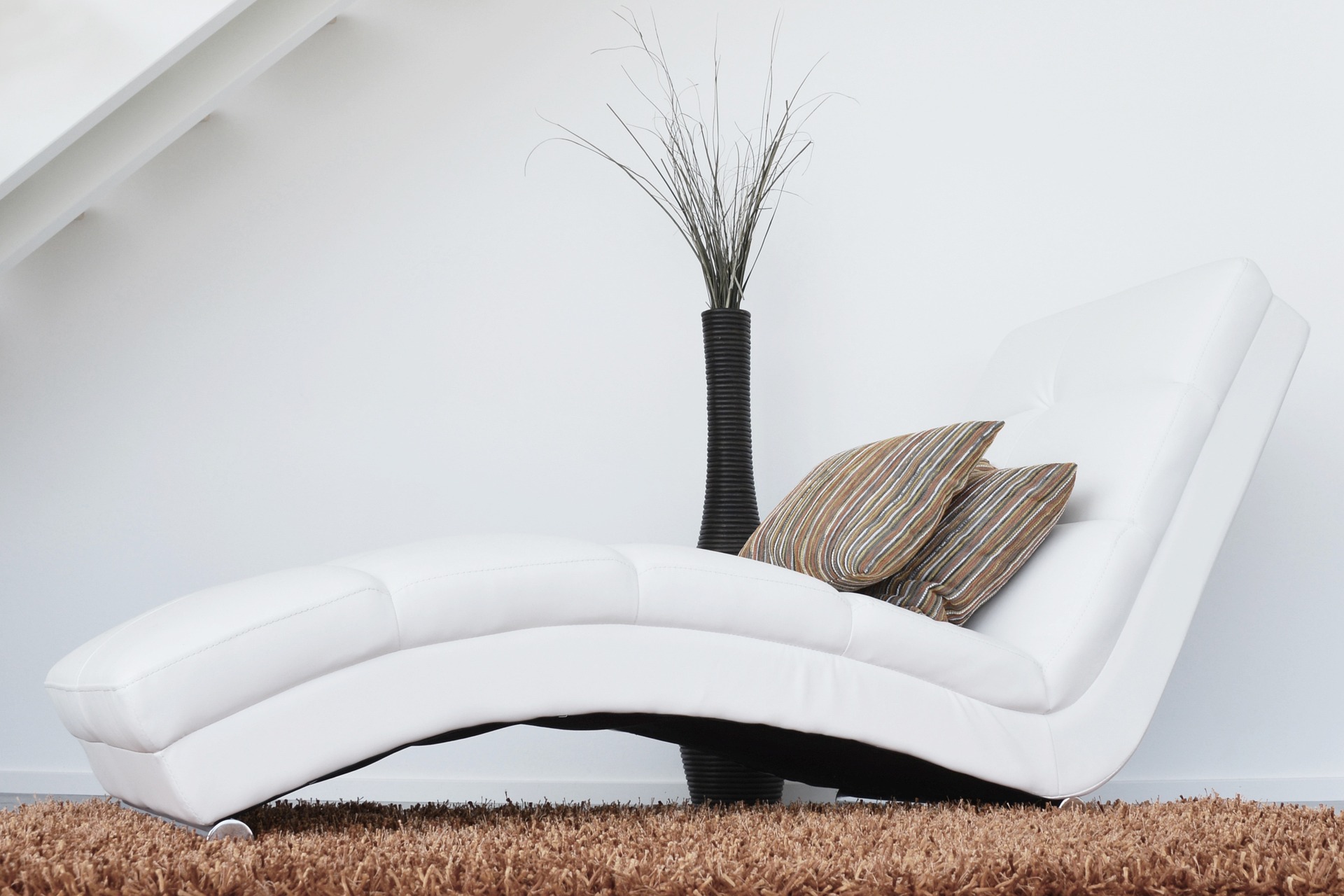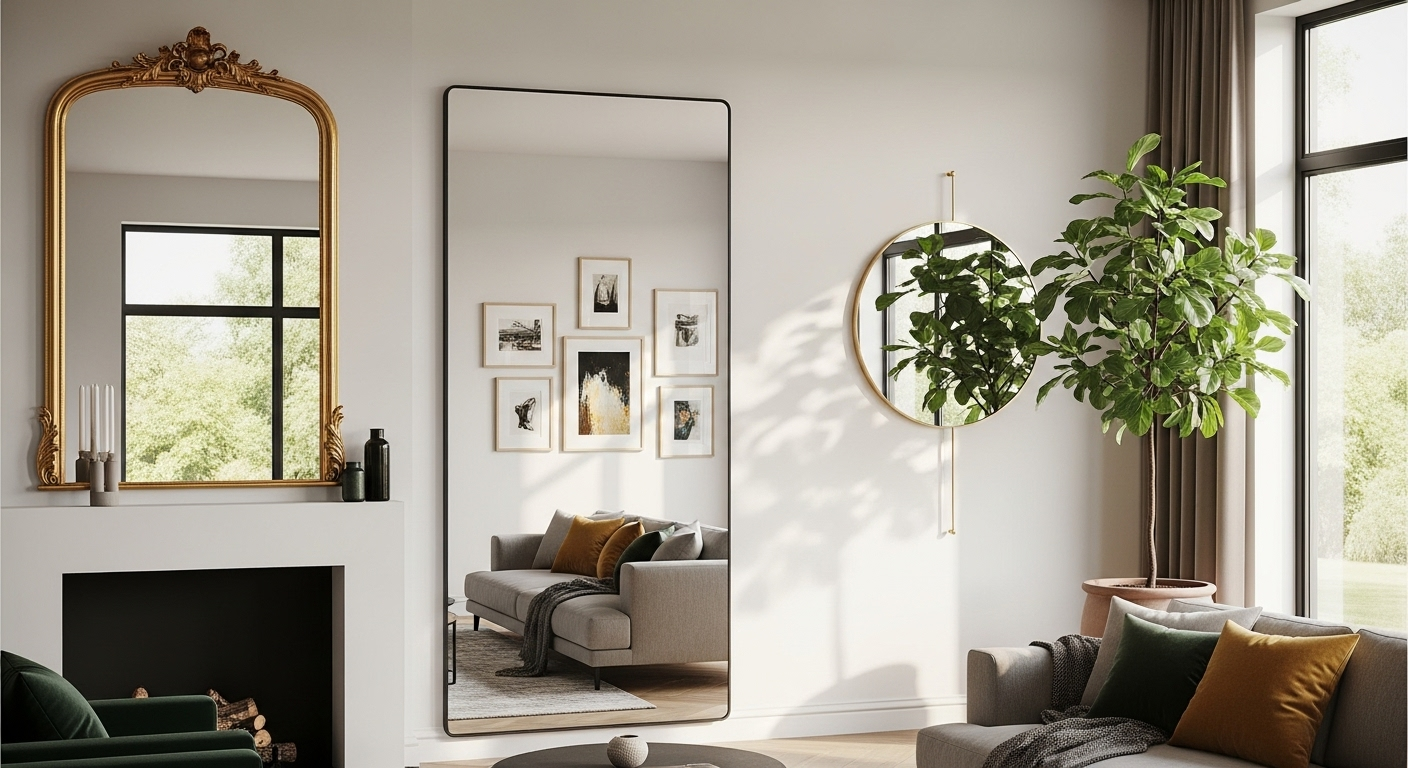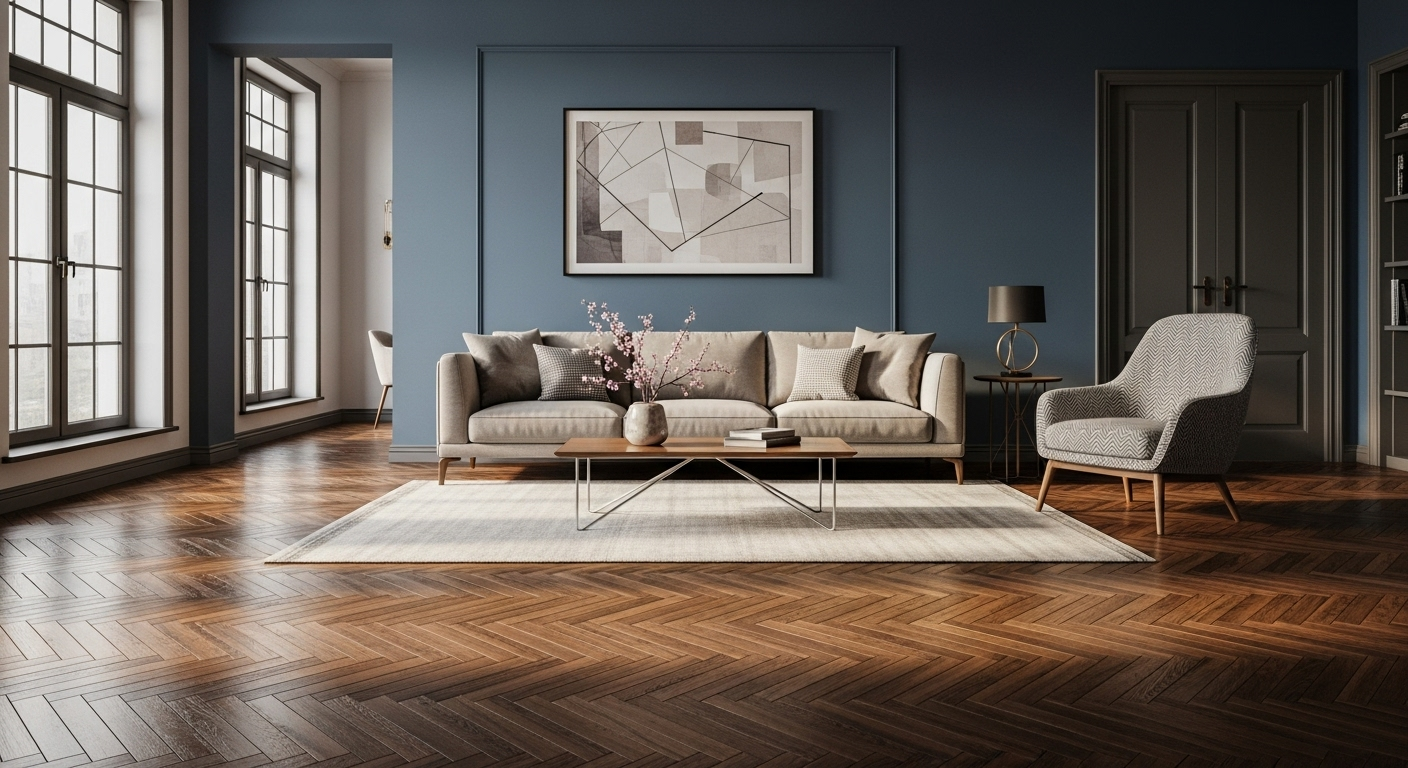Redefining Spaces: The Emergence of Multi-Functional Room Concepts
In a world where living spaces are becoming increasingly limited, homeowners are being forced to think outside the box. The solution? Multi-functional rooms. This innovative approach to home design is not only a response to the changing living conditions but also a reflection of our evolving lifestyles. This article delves into this emerging trend, looking at its origins, current practices, and its impact on modern living.

The Genesis of Multi-Functional Room Concepts
The concept of multi-functional rooms is not entirely new. In fact, it can be traced back to the times when living spaces were limited, and every inch of space had to be utilized effectively. However, the recent surge in popularity can be attributed to the rise in urban living, where space is at a premium, and the changing dynamics of modern lifestyles.
Current Design Trends and Insights
Today, the multi-functional room concept has evolved beyond mere space-saving solutions. It has become a trend, with designers and homeowners alike embracing it wholeheartedly. The idea is to create spaces that are flexible and can adapt to various needs, from work to leisure. For instance, a living room can double up as a home office during the day and transform into a cozy entertainment area by night.
Practicality and Market Trends
The beauty of multi-functional rooms lies in their practicality. They allow homeowners to maximize their space without compromising on functionality. This trend is particularly appealing to millennials and Gen Z, who value flexibility and adaptability. The market has responded accordingly, with furniture manufacturers developing pieces that are versatile, easily movable, and cater to this concept.
Enhancing Daily Life
Multi-functional rooms enhance daily living by offering a solution to the challenge of limited space. They allow for a seamless transition between different activities, making life easier and more comfortable. Moreover, these rooms are designed with a focus on aesthetics, ensuring that they are not only functional but also visually appealing.
Research-Backed Recommendations
Research shows that multi-functional rooms can significantly enhance the quality of life, especially in small spaces. It encourages homeowners to declutter and only keep items that serve multiple purposes. While adopting this trend, it is vital to keep the design simple and flexible, allowing easy transition between functions.
In conclusion, multi-functional rooms are a trend that is here to stay. They are a testament to our ability to adapt and innovate, making the most of the resources at hand. As we continue to explore this concept, it will be fascinating to see how it shapes the future of home design.





